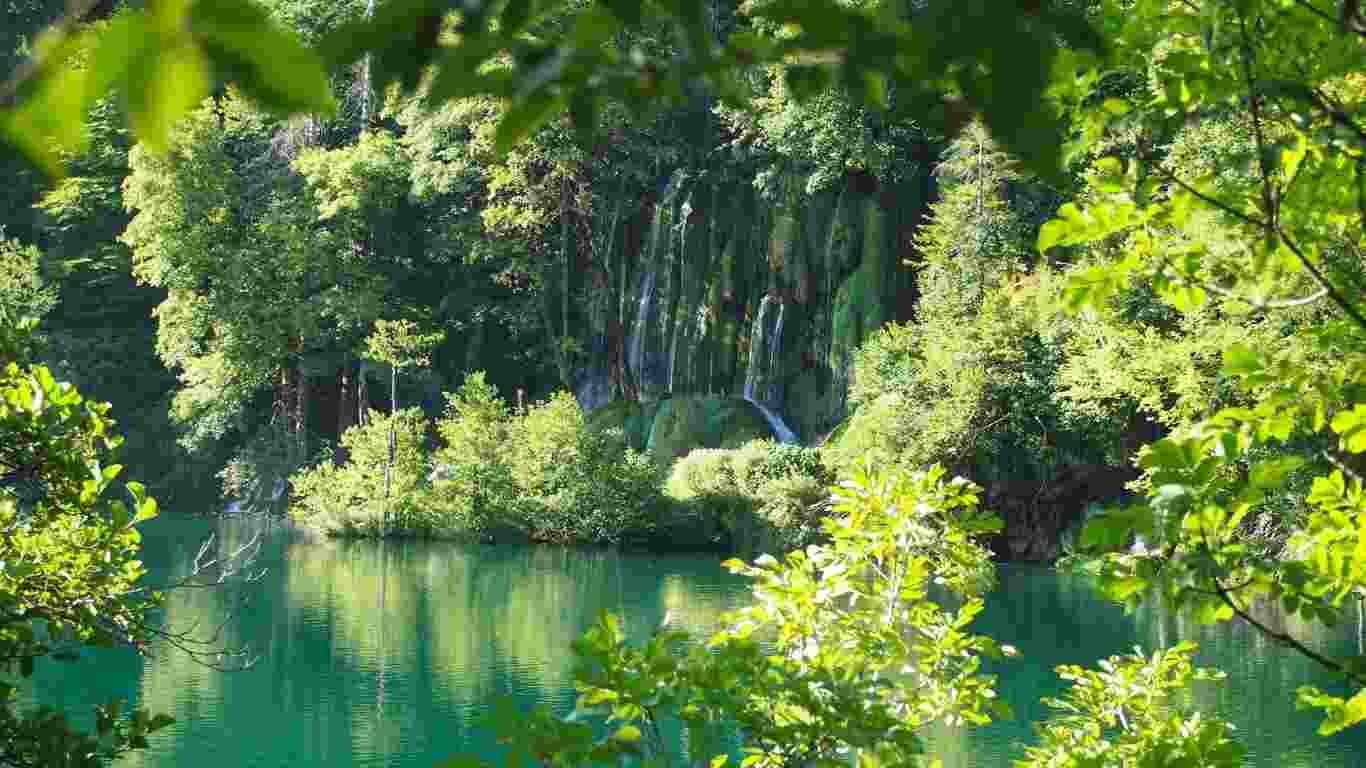
Table of Contents
ToggleIntroduction
One of Croatia’s greatest natural treasures, Plitvice Lakes National Park provides tourists with a once-in-a-lifetime chance to witness beautiful landscapes, gushing waterfalls, and glistening lakes. The first national park in Croatia, Plitvice Lakes National Park, was created in 1949 and is now recognized as a UNESCO World Heritage Site because of its remarkable natural beauty and ecological significance. With 16 interconnected lakes spread across an amazing 295 square kilometers, the park’s unique and breathtaking environment is enhanced by each lake.
Plitvice Lakes National Park draws visitors from all over the world with its breathtaking natural beauty. Its breathtaking landscape serves as a wildlife refuge, a haven for outdoor enthusiasts, and a visual feast. Plitvice Lakes National Park has a wide range of activities to suit any interest, whether you’re an experienced hiker, an aspiring photographer, or just someone looking for peace and quiet in the outdoors.
The History and Significance
Early in the 20th century, Plitvice Lakes National Park began to garner attention for its distinctive geological formations and varied array of plants and animals. In 1949, the park was formally formed, which was a noteworthy development in Croatia’s endeavors to preserve its natural assets. An intelligent decision to protect this pristine habitat for future generations was made when Plitvice Lakes National Park was established.
The significance of the park goes beyond its designation as a national park. Because of its exceptional universal value, it was named a UNESCO World Heritage Site in 1979. The designation highlights Plitvice Lakes National Park’s significance as a model karst landscape on a global scale. The complex network of lakes and waterfalls in the park serves as a visual representation of the natural processes that have sculpted the terrain over eons, such as erosion and tufa formation.
Additionally, Plitvice Lakes National Park is essential for scientific study and environmental instruction. It provides as a living laboratory for research on ecosystem dynamics, conservation tactics, and karst hydrology. The park’s distinctive geological characteristics and abundant biodiversity provide insightful perspectives into the natural world, advancing our knowledge of ecological processes and environmental management.
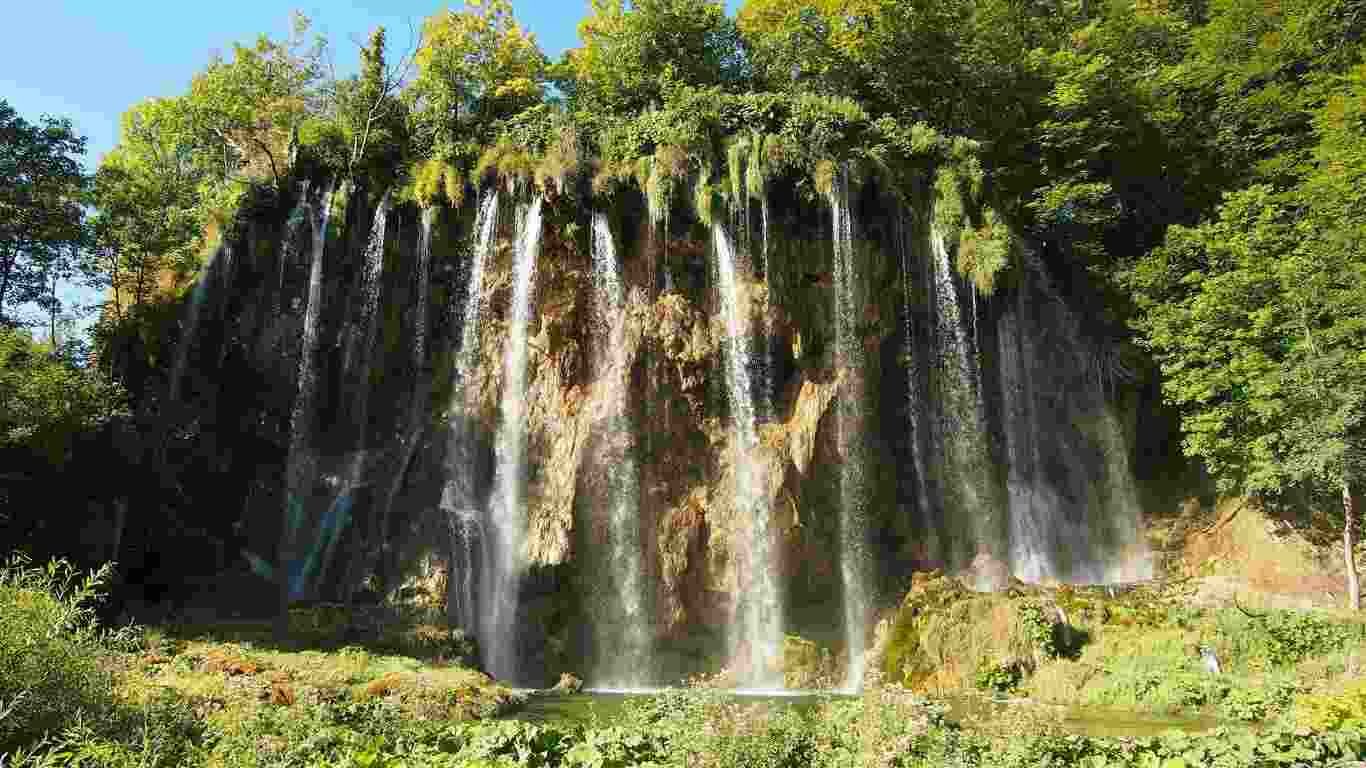
Exploring the Stunning Waterfalls
The breathtaking variety of waterfalls in Plitvice Lakes National Park is one of its most alluring attractions. The park is well-known for its gushing waterfalls, which range in size and intensity and produce an enthralling spectacle of the beauty and strength of nature. The park is home to 92 waterfalls, each with its own unique charm and personality.
Veliki Slap, sometimes referred to as the Great Waterfall, is the most well-known waterfall in Plitvice Lakes National Park. With a height of 78 meters, Veliki Slap is the park’s tallest waterfall and an amazing sight to witness. Visitors from all over the world are drawn to this spectacular and mesmerizing scene by its deafening roar and misty spray.
Situated in the Lower Lakes region, the Skradinski Buk is another noteworthy waterfall. Skradinski Buk is an 800-meter-long stretch of pools and cascades that combine to create a breathtaking scene of azure waters and waterfalls. Because of the greater water levels in the spring and early summer, the falls are very gorgeous, adding to the overall grandeur of the scene.
One of the most popular tourist destinations in the Lower Lakes area is its array of glistening pools and waterfalls. Views of the waterfalls are unhindered by the wooden boardwalks and pathways winding through this area, giving tourists a close-up look at Plitvice Lakes National Park’s natural splendor. Every waterfall in the park presents a different viewpoint, whether you’re standing directly beneath its gushing water or watching it from a distance.
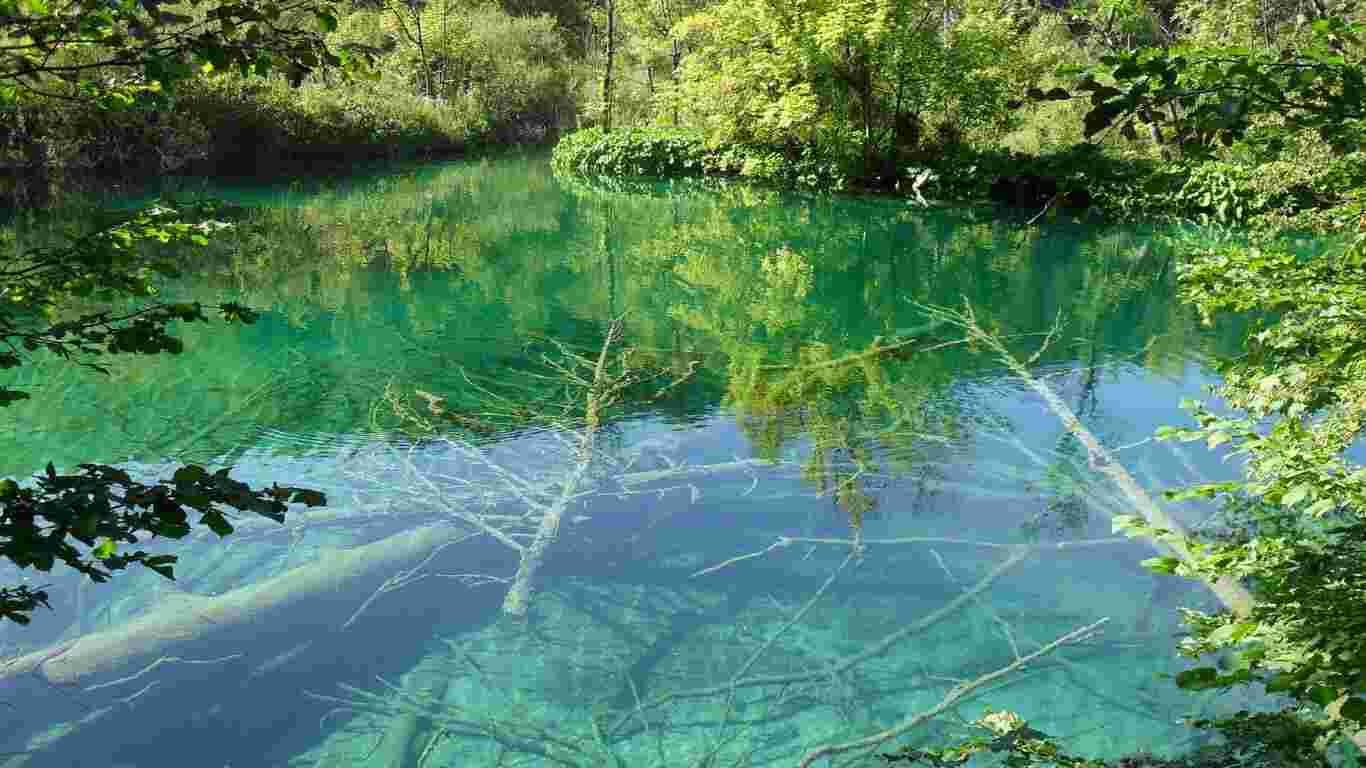
A Guide to the Park’s Crystal-Clear Lakes
The lakes in Plitvice Lakes National Park are well known for their brilliant colors and extraordinary clarity. There are 16 lakes in the park overall, split into Upper Lakes and Lower Lakes. A network of gushing streams and waterfalls connects the lakes, resulting in a dynamic environment that changes constantly.
The rich shades of turquoise and deep blue define the Upper Lakes. These lakes, which frequently offer panoramic vistas of the surrounding countryside, are bigger and more wide. The biggest and deepest lake in the park, Kozjak Lake, is the most well-known of the Upper Lakes. Kozjak Lake is a calm and beautiful body of water that’s perfect for leisurely boat excursions and strolls around its edges.
On the other hand, the Lower Lakes are renowned for their striking emerald and green hues. These lakes are more private and smaller, encircled by rocky outcrops and thick foliage. The lake by the Skradinski Buk waterfall is the most visited of the Lower Lakes. There are several smaller lakes and pools in this area, each with its own special beauty and charm.
The presence of aquatic plants and the mineral content of the lakes cause color changes. Fish, frogs, and aquatic plants abound in Plitvice Lakes National Park’s crystal-clear waters. A wide variety of aquatic animals find a home in the park’s immaculate lakes, which adds to the area’s overall ecological richness.
Wildlife and Flora: Nature’s Hidden Gems
Explore the rich tapestry of life at Plitvice Lakes National Park, a veritable treasure trove of flora and wildlife. A large variety of animal and plant species are supported by the park’s different environments, which range from wetlands to lush woods.
Numerous creatures can be found in the park, such as deer, wild boar, and the elusive brown bear. Because there aren’t many brown bears in Plitvice Lakes National Park, sightings of these magnificent animals are uncommon but incredibly thrilling for those who are fortunate enough to see them. A variety of smaller species, including foxes, rabbits, and squirrels, can also be seen in the park.
Plitvice Lakes National Park is home to many bird species, making it a sanctuary for birdwatchers. There are more than 120 different bird species found in the park, such as the golden eagle, peregrine falcon, and several species of waterfowl. There are lots of opportunities to go birdwatching and observe the birds’ natural habits due to the park’s different environments.
Plitvice Lakes National Park has similarly spectacular vegetation. A variety of fir, spruce, and beech trees predominate in the park’s wooded parts. Numerous bushes, ferns, and wildflowers can be found throughout the understory. Numerous aquatic species, including as water lilies, reeds, and mosses, can be found in the park’s wetlands. The park’s flora contributes to the general biodiversity of the area and serves as a vital component of the ecosystem by giving animals food and shelter.
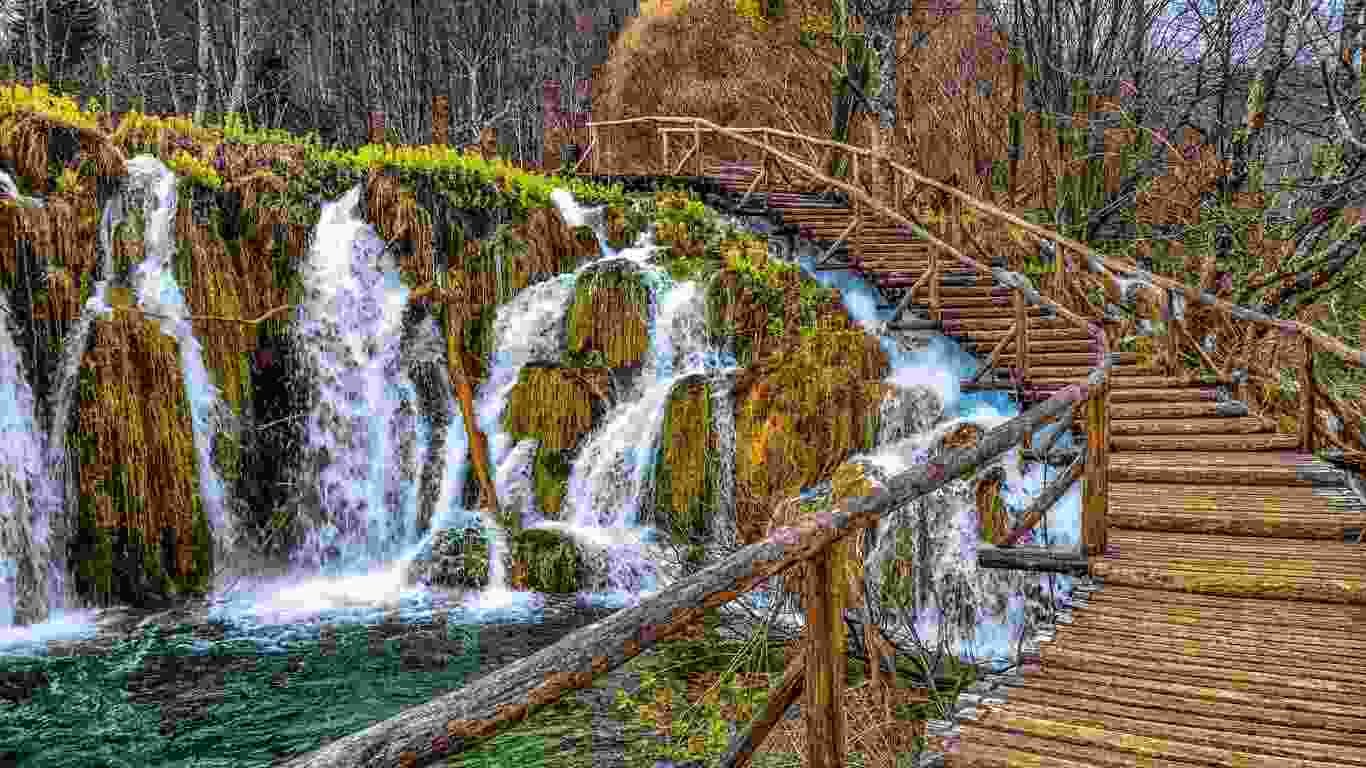
Best Hiking Trails
Plitvice Lakes National Park provides a variety of hiking paths to suit a range of interests and skill levels for outdoor enthusiasts. The park’s well-kept pathways lead to some of the most picturesque locations, such as lakes, waterfalls, and thick forests.
“Hiking Trail A,” which passes through the Upper Lakes and offers breathtaking views of the park’s waterfalls and scenery, is one of the most well-liked hiking routes. Families and casual hikers can enjoy this very easy trek. It provides an opportunity to take in Plitvice Lakes National Park’s splendor without having to exert much energy.
The “Hiking Trail C” is a great option for hikers looking for a more strenuous trip. This walk offers a more thorough view of the park’s varied landscapes because it travels around both the Upper and Lower Lakes. The track is best suited for more experienced hikers because it has some steeper and rugged sections. You’ll pass by many different vantage points and scenic spots throughout the route, such as lakes, forests, and waterfalls.
“Hiking Trail B,” which concentrates on the Lower Lakes and the Skradinski Buk waterfall, is another noteworthy trail. Enjoy views of the Lower Lakes and their tumbling waterfalls while exploring the park’s beautiful grandeur on this moderately tough trek.

How to Reach Plitvice Lakes National Park
There are a number of ways to get to Plitvice Lakes National Park, making travel there comparatively simple. The park is situated in central Croatia, around 140 kilometers away from Zagreb, the nation’s capital.
The A1 motorway makes it easy to get from large towns like Zagreb and Zadar to Plitvice Lakes National Park by vehicle. Numerous parking lots are available in the park, making it simple to get to the trails and visitor centers. If you’re driving, be sure you know the park’s parking policies and plan your journey ahead of time.
There are frequent bus services that link major cities with Plitvice Lakes National Park, for those who prefer public transportation. Buses are a practical and reasonably priced transit alternative, operating out of cities including Zagreb, Zadar, and Rijeka. These bus routes serve the park well, making it accessible to those who do not have their own means of transportation.
For individuals who want a more planned vacation experience, guided trips are also offered. Transportation, park admission, and a guided tour of the park’s highlights are frequently included in these tours. A guided tour can improve your entire experience by giving you insightful information on the geology, history, and wildlife of the area.
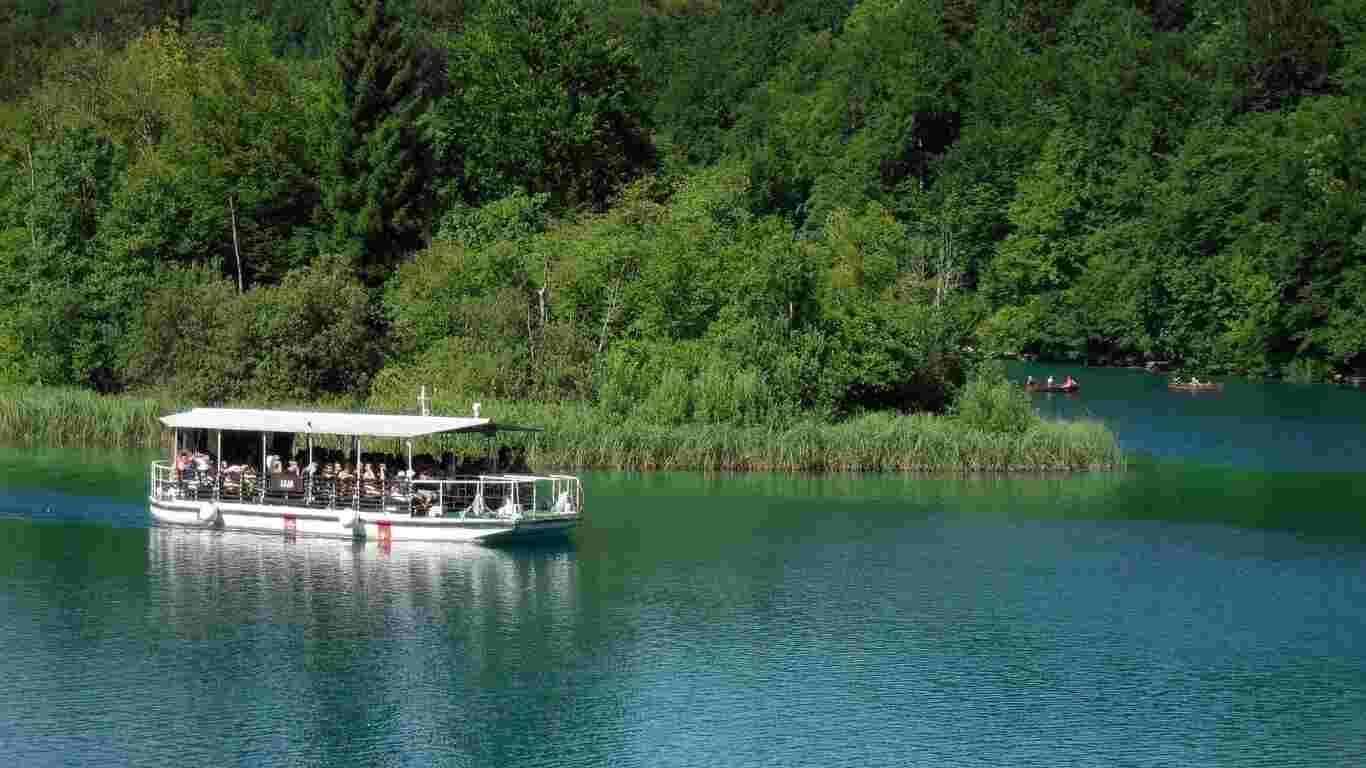
Seasonal Beauty: When to Visit for the Best Experience
Seasonal variations in Plitvice Lakes National Park’s splendor provide visitors with a unique experience all year long. Every season has a distinct charm of its own and offers guests a variety of ways to take in the park’s breathtaking natural splendor.
Visits to Plitvice Lakes National Park during the spring are very enchanting. With the melting of snow and rising temperatures, the park is transformed with vibrant wildflowers and verdant vegetation. When the waterfalls are at their most powerful, a breathtaking spectacle of water cascading is produced. Since migratory birds come to the park in the spring, it’s also a great time to go birdwatching.
Summer is the busiest travel season because of the long days and pleasant weather, which make it easy to explore the park. It’s a terrific season for boat rides and swimming because the lakes are clear and inviting. But summer may also be crowded, so to avoid the busiest times, try to arrive early in the morning or late in the afternoon.
The park’s forests turn into a vivid tapestry of reds, oranges, and yellows during the fall foliage display, which is breathtaking. Hiking is more comfortable because of the lower temperatures, and the lakes and waterfalls are framed beautifully by the fall foliage. Additionally, autumn is a more tranquil season to visit, with fewer visitors and a calmer vibe.
Plitvice Lakes National Park has a special, tranquil beauty in the winter. Frost-covered trees and frozen lakes create a magnificent scene as the park is turned into a winter wonderland. There is less crowding in the park during the winter, and the sight of the snow-covered landscape makes for a serene visit. Visitors should be aware that the trails may be slick and that the weather will likely be cold.
Photography Hotspots: Capture the Park’s True Splendor
Plitvice Lakes National Park presents a multitude of chances for photographers to capture its pristine beauty. The park’s varied topography, which includes lakes, forests, and waterfalls, offers an abundance of photographic subjects.
Among the best places to take pictures is the vantage point that faces Veliki Slap, the Great Waterfall. The biggest waterfall in the park can be seen from this vantage point, and its forceful cascade and hazy spray combine to create an amazing sight. Light from the early morning or late afternoon can accentuate the falls’ beauty and give your pictures more depth and warmth.
The lakes’ wooden boardwalks offer great vantage points for photographing the park’s glistening waters and reflections. Unhindered views of the lakes and the surrounding scenery are provided by the boardwalks, which makes it simple to compose photographs and convey the tranquil beauty of the park.
Another great place for shooting is the area around Skradinski Buk, with its array of pools and cascades providing a lovely backdrop. The lush flora and the vivid hues of the Lower Lakes provide your images a rich and varied palette.
Try experimenting with different viewpoints and angles when taking photos of Plitvice Lakes National Park in order to highlight the park’s distinctive features. Your photos can get depth and intrigue from the play of light and shadow, reflections on the water, and other elements.

Eco-Friendly Tourism: Protecting the Park’s Natural Wonder
Plitvice Lakes National Park is dedicated to protecting its biodiversity and natural beauty as a UNESCO World Heritage Site. By engaging in eco-friendly travel and abiding by the park’s rules and regulations, visitors play a vital part in maintaining the park.
Adhering to the approved trails and boardwalks is a crucial measure in safeguarding the park. This keeps the park’s natural qualities intact by preventing harm to the fragile plants and soil. Additionally, as these actions can harm the park’s ecosystems, visitors should refrain from selecting flora or upsetting wildlife.
Plitvice Lakes National Park forbids littering, and tourists are urged to dispose of their trash properly. It is vital to remove all signs of your presence and dispose of rubbish in the specified sites provided by the park. You can contribute to preserving the immaculate surroundings of the park by adhering to these rules.
The park has put in place a variety of initiatives to reduce its negative effects on the environment, such as encouraging eco-friendly traveler behavior and restricting the number of visitors during prime times. These steps are intended to preserve the park’s natural treasures and guarantee that visitors in the future can take in its splendor.
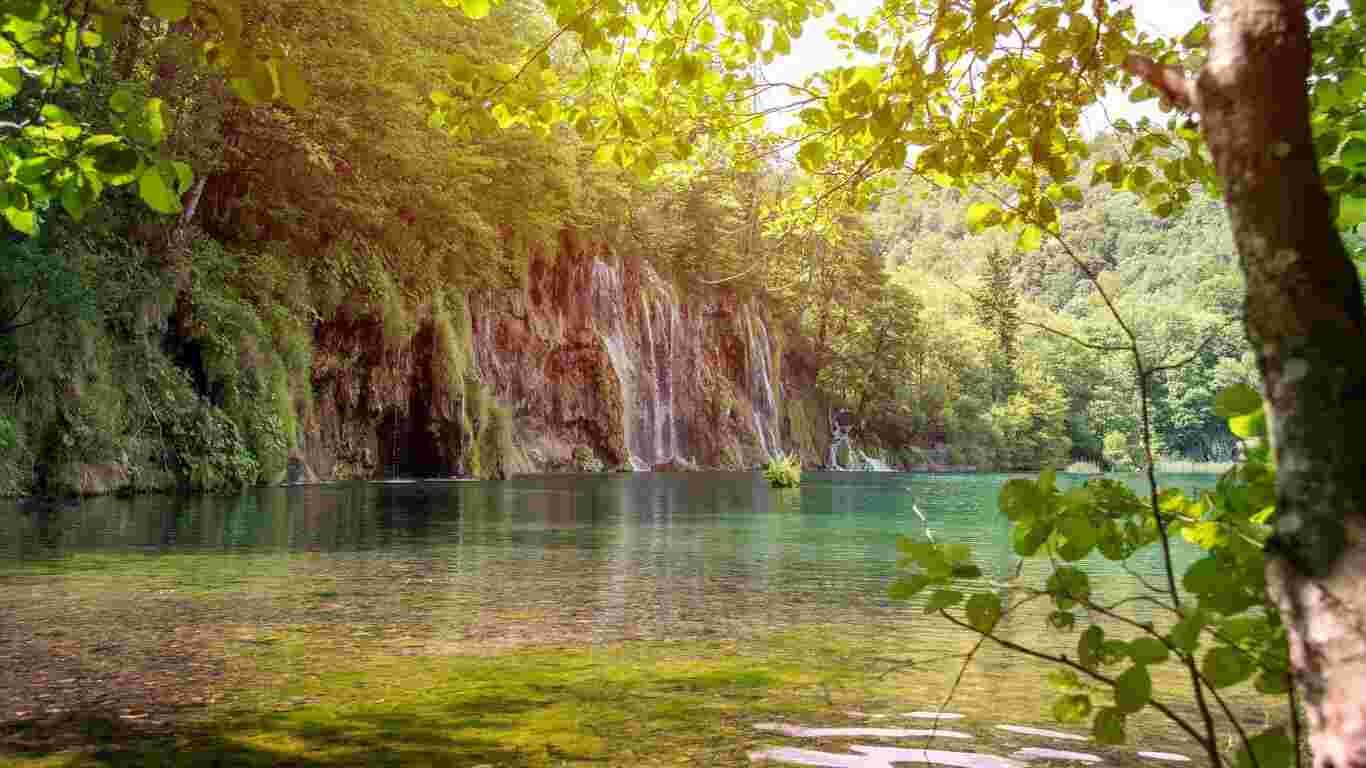
Travel Tips for a Perfect Plitvice Lakes Adventure
To make the most of your visit to Plitvice Lakes National Park, consider these tips:
Plan Ahead: For the most recent details on park operating hours, admission costs, and any seasonal closures, visit the official website of the park before you visit. This will guarantee that you have up-to-date information on park conditions and assist you in planning your visit.
Wear Comfortable Shoes: It is essential to wear comfortable and supportive footwear because the park’s pathways can be rough and slippery. This will enable you to enjoy your journey and safely navigate the paths.
Bring Essentials: When you visit, bring water, food, and sunscreen. Even though the park doesn’t have many services, packing these necessities can help you stay safe and hydrated while exploring.
Respect the Environment: Respect the park’s guidelines to help maintain its unspoiled beauty. Respecting wildlife, staying on approved pathways, and properly disposing of rubbish are all part of this.
Consider a Guide: Engaging a guide can enhance your experience by offering valuable perspectives on the park’s geology, history, and fauna. By providing insightful commentary and assisting with trail navigation, a guide may make your visit even more enjoyable.
Conclusion: Why Plitvice Lakes Should Be on Your Bucket List
Experience unmatched natural beauty, a wide variety of fauna, and a variety of outdoor activities at Plitvice Lakes National Park. With its glistening waterfalls, glistening lakes, abundant fauna, and immaculate trails, the park offers a singular and remarkable experience.
Visitors are enthralled and are left with a lasting impression by the park’s breathtaking scenery, which includes lakes, waterfalls, and woodlands. Plitvice Lakes National Park should definitely be on your bucket list, regardless of whether you’re a nature enthusiast, a photographer, or just someone looking for a quiet getaway.
Natural beauties in the park will be conserved for enjoyment by future generations thanks to the park’s dedication to sustainability and conservation. You may defend this amazing location and help ensure its continuous preservation by engaging in eco-friendly travel and abiding by the park’s regulations.
In conclusion, Plitvice Lakes National Park provides an amazing experience that blends outdoor activity, environmental conservation, and natural beauty. A visit to the park is guaranteed to be the high point of any vacation plan because of its varied landscapes and abundant biodiversity, which make it a really remarkable location.
